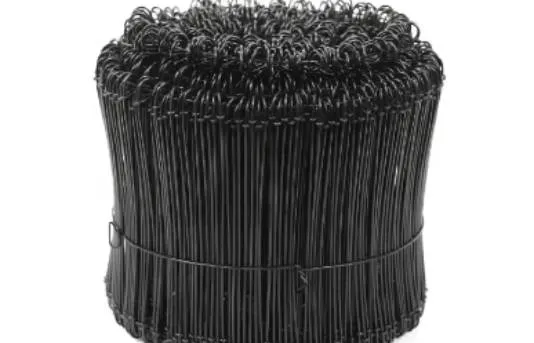-
 Phone:
Phone: -
 Email:
Email:

razor wire and barbed wire
The Use of Razor Wire and Barbed Wire A Comparative Analysis
Razor wire and barbed wire are two types of fencing materials commonly used for security purposes, but they have distinct characteristics and applications. Understanding the differences between the two can help individuals and organizations make informed decisions about their security needs.
Razor Wire
Razor wire, often referred to as concertina wire, consists of a heavy-gauge wire with sharp blades spaced along its length. This design creates an intimidating barrier that effectively deters intruders. The razor-sharp edges of the wire can inflict serious harm, making it a formidable option for high-security areas such as military bases, prisons, and government facilities. Razor wire is designed to be difficult to climb over or cut through, providing an additional layer of protection.
One of the significant advantages of razor wire is its ability to be coiled in a way that maximizes its deterrent effect. When deployed in concertina form, it expands outward, creating a wide-ranging barrier that is more challenging to breach. However, despite its effectiveness, razor wire is not without limitations. Its dangerous nature raises ethical concerns regarding injury to both intruders and unintended victims. As such, its use is often accompanied by legal and moral considerations.
razor wire and barbed wire

Barbed Wire
Barbed wire, on the other hand, is a simpler and less aggressive fencing solution. Made of steel wire with pointed barbs spaced at regular intervals, it is primarily used to confine livestock and demarcate property lines. While barbed wire can deter humans and animals from crossing boundaries, it is generally less intimidating than razor wire.
Barbed wire is more versatile and can be used in a variety of settings, from farms to residential areas. It is relatively easy to install and maintain, making it an accessible option for property owners. Additionally, due to its less lethal design, barbed wire is often more socially acceptable for general security applications.
Conclusion
In conclusion, both razor wire and barbed wire serve essential roles in perimeter security. Razor wire is suitable for high-security environments where the risk of intrusion is significant, while barbed wire is more appropriate for general fencing needs. The choice between these two options should be guided by the specific security requirements, legal implications, and ethical considerations involved in their use. While they both offer deterrent capabilities, their applications highlight the balance between security needs and humane considerations in modern fencing solutions.
-
Wire Mesh for Every Need: A Practical SolutionNewsJul.25,2025
-
Steel Fences: Durable, Secure, and Stylish OptionsNewsJul.25,2025
-
Roll Top Fencing: A Smart Solution for Safety and SecurityNewsJul.25,2025
-
Cattle Farm Fencing Solutions for Maximum SecurityNewsJul.25,2025
-
Affordable Iron Binding Wire SolutionsNewsJul.25,2025
-
Affordable Galvanized Wire SolutionsNewsJul.25,2025
-
Wire Hanger Recycling IdeasNewsJul.25,2025








